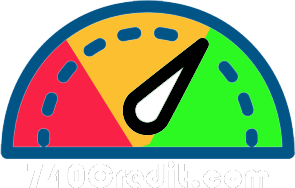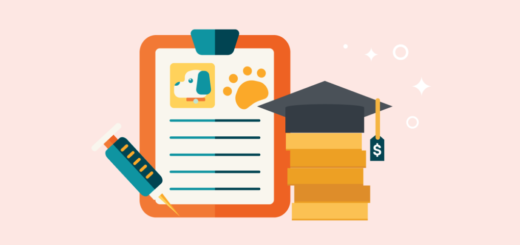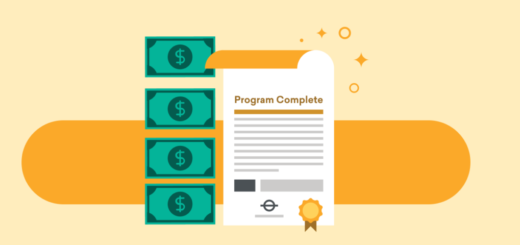How To Pay Off Student Loans

Did you know that the average amount for a student loan is $39,351? Some students, such as those attending medical or law school, can rack up loans in the hundreds of thousands of dollars? Regardless of how much you may owe, paying off student loans can be a daunting process. For example, a person with a federal loan of $300,000 with a 6..22% interest rate, the monthly payment is $3,364! By the end of the loan, you will have actually paid back a total of $403,663. Regardless of how much you may owe, you probably are looking for ways to pay of that debt as quickly and and easily.
There are several strategies for getting those loans paid off:
1. Pursue loan forgiveness
2. Refinance the loan.
3. Adopt the debt avalanche or debt snowball method
4. Consider a co-signer when refinancing
5. Look in to income driven repayment plans
Let’s look at each of these options in more detail.
Pursue Loan Forgiveness
There are several programs available to forgive student loans if you are working on certain professions. You will still have to make student loan payments for a set period of time, but once that time expires, the remaining balance is forgiven. Examples of these professions include:
- Dentists
- Doctors
- Lawyers
- Nurses
- Pharmacists
- Teachers
Additionally, if you work for a non-profit or government organization, you may be eligible for the Public Service Loan Forgiveness (PSLF) program. Under this program, you will have to pay your loan for 10 years in order for the remainder to be forgiven.
Contact your borrower to see if you may be eligible for a loan forgiveness program. Private student loans do not generally offer any sort of forgiveness plans but you can always reach out to them to inquire.
Refinance the Loan
The most popular way to refinance your student loans is to pay off the original loan with a new loan. This sounds counter-productive, but by getting a new loan with different terms, you may be able to save money. You can also consider refinancing your existing loan to a longer term limit. This will lower your monthly payments, but you will end up paying more in the long run since the interest rate will generally remains unchanged.
You can refinance both private and federal student loans but if you refinance a federal loan, you will lose any access to special programs such as income based repayment or loan forgiveness.
Adopt the Debt Avalanche or Debt Snowball Method
If you have multiple loans and do not qualify for forgiveness or or refinancing, the avalanche or snowball method can help you get your loans paid off as fast as possible.
With the avalanche method, you will work to ay off your loan with the highest interest rate first. You will make extra payments on that loan while maintaining the minimum amount due on all the rest. Once the loan with the highest rate is paid off, you move on to the loan with the next highest rate and you can now send the payment you were making to the first loan to the second. You continue like this until all the loans are paid off.
The snowball method is similar, except you start with your smallest loan. Once the smallest loan is paid off, you add that payment to your minimum for the nest smallest loan. This continues until all your loans are paid.
Generally, the snowball method is faster, but you would rather save money on interest and and can wait longer for results, the avalanche method might be a better fit.
| Debt Avalanche | Debt Snowball |
| List your loans | List all your loans |
| Pay extra on the loan with the highest rate | Pay extra on your smallest loan |
| Pay the minimum on all other loans | Pay the minimum on all other loans |
| Move on to the loan with the next highest rate and apply the first payment as extra to the next | Move on to the next smallest loan and apply the first payment as extra to the next |
| Continue until all loans are paid | Continue until all loans are paid |
| *This method will save money on interest but will take longer to see results | *This method is faster but you will end up paying more in interest |
Consider a Co-Signer When Refinancing
In order to refinance your loans, you will typically need good to excellent credit. This means you will generally need a credit score of at least 700 to get approval There are lenders who will refinance loans for borrowers with fair to poor credit, but these will come at a higher rate.
If you are struggling to refinance your loan due to having a lower credit score, consider applying with a co-signer who has good to excellent credit. Even if you can qualify for refinancing, adding a co-signer with a higher score will ensure you are getting the best rates.
Anyone can be a co-signer-a parent, sibling, relative, or friend. Keep in mind that if you fail to make the loan payments, that co-signer will have to pick up the slack otherwise both of you will take additional hits to your credit. For this reason, many people are nervous about co-signing loans.
Look in to Income Driven Repayment Plans
If you have a federal loan, you can look in to income driven repayment programs. If approved, your monthly payments be based on your income-typically between 10 and 20% of your discretionary income. Additionally, any remaining payment would be forgiven after a payment period of around 20 to 25 years.
Take a look at this chart to see how income repayment plans compare to more traditional loan repayment plans.
| Repayment Plan | Who is Eligible | Monthly Payment | Terms | Eligible for Forgiveness? |
| Standard repayment plan | Any borrower with a FFEL or Direct loan | Equal payments across 10 years (typically a $50 minimum) | 10 years | No |
| Graduated payment plan | Any borrower with a FFEL or Direct loan | Depends on loan amount (payments start out low and increase every two years) | 10 years | No |
| Extended repayment plan | Any borrower with more than $30,000 in Direct or FFEL Loans | Graduated plan: Depends on loan amount (start low and increase every 2 years) Fixed Plan: Even payments across 25 years | Up to 25 years | No |
| Income based repayment | Borrows who can demonstrate financial hardship and do not have Parent PLUS loans | For borrowers who took out loans before July 1, 2014: 15% of discretionary income (never more than 10-year plan) For borrowers who took out loans after July 1, 2014: 10% of discretionary income (never more than 10-year plan) | For borrowers who took out loans before July 1, 2014: 25 years For borrowers who took out loans after July 1, 2014: 20 years | Yes |
| Pay as you earn | Muse demonstrate financial hardship Must have taken the loan after October 1, 2007 | 10% of your discretionary income. There is no cap. | 20 years | Yes |
| Revised pay as you earn | Any borrower without Parent Plus loans | 10% of your discretionary income. There is no cap. | 20 years unless it is grad school debt then it is 25 | Yes |
| Income contingent plan | Any borrower and and Parent PLUS loans must be consolidated | 20% of discretionary income (or income-adjusted payment on 12-year plan) | 25 years | Yes |
What About Bankruptcy?
While you can file bankruptcy and include student loans, getting the loans discharged is actually quite difficult. You would have to prove to a judge that paying the loans would cause an undue hardship on your and your dependents. If the court decides in your favor, three things can happen. The loans can be fully discharged, which means you will no longer be requires to make loan payments. If the court decides the loans can be partially discharged, you will still be responsible for a portion of the balance. Finally, the loans can be adjusted to a different term to make repayment easier. This would include things like a lower interest rate or longer repayment period.
Keep in mind that bankruptcy damages your credit severely. Only consider it as a last resort.




